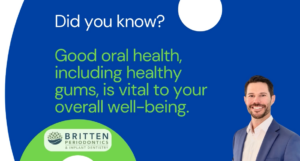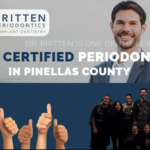Proper Home Care
Power toothbrushes, especially Philips Sonicare (Bestsellers | Philips) brushes, are our #1 recommendation for our patients. They are easy to use and can remove plaque more efficiently than a manual toothbrush. Simply place the bristles of the electric brush on your gums and teeth and allow the brush to do its job holding it for at least 5 seconds on one or two teeth at a time.
Toothbrushing – Brush your teeth at least twice a day (especially before going to bed at night) with an ADA approved soft bristle brush and toothpaste.
-
When using a Sonicare, place the brush at a 45 degree angle, ensuring that you always feel the bristles on the gums.
-
Brush the outer, inner, and biting surfaces of each tooth.
-
Use the tip of the brush to clean the inside of the front teeth.
-
Brush your tongue to remove bacteria and freshen your breath.
Clean Between Your Teeth at least 1-2 x a day With Proxabrushes, Softpicks and/or floss:
Softpicks and interdental brushes (also known as proxabrushes) are available in many sizes and are gaining in popularity because they are easy to use, and for some patients – more effective than flossing alone!
Proxabrushes – Proxabrushes are available on handles (similar to length of toothbrush handles) or in travel sizes. A travel proxabrush is covered by a cap that sheaths over the brush. This form of Proxabrush is conveniently kept in ones pocket or purse, and thus is good for those individuals who want to clean between their teeth during the day, or to take to restaurants or trips.
Who Should Use Them?
- Anyone who finds flossing difficult
- People who don’t like to floss
- People with exposed roots
- Deep dental pockets
- Areas of bone loss or gum recession
- Areas where teeth are missing
- Previous gum surgery which has exposed more tooth and root anatomy
- Larger spaces between the teeth
- Grooves and concavities in teeth and roots
- People with braces – great around brackets and wires
Softpicks – Traditionally, floss has been used to help remove the disease-producing bacteria in between the teeth. This bacteria cannot be reached with a toothbrush alone. Bacteria between the teeth is a primary cause for most gum disease and dental decay. It is so important to clean between your teeth every day!
Flossing – Daily flossing is the best way to clean between the teeth and under the gumline. Flossing not only helps clean these spaces, it disrupts plaque colonies from building up, preventing damage to the gums, teeth, and bone.
-
Take 12-16 inches (30-40cm) of dental floss and wrap it around your middle fingers, leaving about 2 inches (5cm) of floss between the hands.
-
Using your thumbs and forefingers to guide the floss, gently insert the floss between teeth using a sawing motion.
-
Curve the floss into a “C” shape around each tooth and under the gumline. Gently move the floss up and down, cleaning the side of each tooth.
OTHER IMPORTANT ORAL HYGIENE AIDS:
- Point the gum stimulator toward your gums at a 45 degree angle.
- Run the rubber tip of the gum stimulator in a circle for 10 seconds between each tooth. Stimulate the gums by working the rubber tip back and forth along the gum line. Besides removing plaque, it stimulates your gums and helps with blood circulation.
- Exposed spaces between the roots of molar teeth due to periodontitis and gum recession, keeping furcations clean
- Complex fixed dentures, bridges or dental implants that are inherently hard to clean
- Orthodontic appliances
- Difficulty in cleaning the back surfaces of the last teeth at the end of the dental arch at the back of the mouth
- Other hard to reach areas identified by your dentist or dental hygienist
Implant Care – Care for dental implants is just as important as caring for natural teeth. Thorough oral hygiene is necessary to prevent diseases around implants. With proper home care and regular professional maintenance, implants can last a lifetime.
There are many different “tools” to aid in cleaning implants. Our favorite aids include the Tepe compact tuft brush and Proxysoft Bridge and Implant floss.







